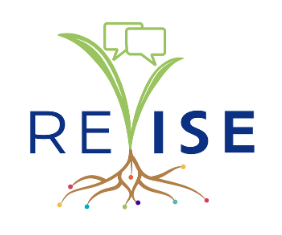June 1st, 2021 | RESEARCH
The theory of “science capital” is increasingly showing up in formal and informal science education. Both face the common challenge of what is often called a “theory/practice divide”: academic theory not seeming relevant to the day-to-day needs and practices of educators.
This brief shares what happened when practitioners and researchers working with the Kitty Andersen Youth Science Center (KAYSC) at the Science Museum of Minnesota took both theory and practice seriously, reclaiming terms and ideas in service of our work and communities. It explores how an informal science learning (ISL) program repurposed an academic theory to provide a lens on its programming, explicitly connecting STEM (science, technology, engineering, and math) and social justice. In other words, rather than abandoning theory as too academic or allowing academics to define the limits of the conversation, we collectively decided to define “STEM capitxl,” centering its social justice roots. We renamed and reclaimed theory, in the process outlining a practical and pedagogical tool for informal science learning that pushes the boundaries of what “counts” as STEM.
Document
Team Members
Shannon McManimon, Author, Science Museum of MinnesotaFunders
Funding Source: NSF
Funding Program: AISL
Award Number: 1612782
Related URLs
STEM Justice: Building Youth Science Capital
Tags
Access and Inclusion: Ethnic | Racial | Low Socioeconomic Status | Women and Girls
Audience: Evaluators | Learning Researchers | Museum | ISE Professionals | Youth | Teen (up to 17)
Discipline: Education and learning science | General STEM
Resource Type: Research Brief | Research Products
Environment Type: Museum and Science Center Programs | Public Programs
